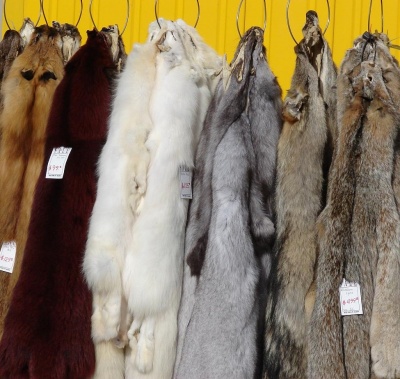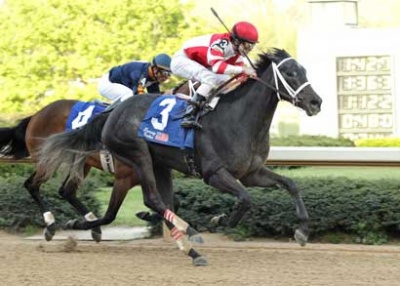
Many animals are mistreated in the name of fashion. Furs may look warm and luxurious, but they are created with no regard for the suffering and pain of animals.
Some wild animals are caught in traps to be used for fur. Once they have endured the pain of being caught by the leg in a trap, they are killed in inhumane ways. Other animals, such as rabbits, are bred for fur. In order to prevent the fur from being damaged, the animals are isolated from each other. Rabbits are very social animals and suffer greatly from this treatment. These animals don’t receive veterinary attention, since their health is of no concern to the breeders. When they are killed, the main concern is to kill them without damaging the fur; humane slaughter is not a factor.
Each fur coat requires that many animals are killed in order to create it. To make one fur coat you must kill at least fifty-five wild mink, thirty-five ranched mink, forty sables, eleven lynx, eighteen red foxes, eleven silver foxes, one hundred chinchillas, thirty rex rabbits, nine beavers, thirty muskrats, fifteen bobcats, twenty-five skunks, fourteen otters, one hundred twenty-five ermines, thirty possums, one hundred squirrels, or twenty-seven raccoons.
Animals which are used for fur are not the same ones which are being eaten. Animals which are bred for food do not have the same quality fur and won’t fetch the price that fur usually gets. Even if it is ethically legitimate to eat animals, wearing fur is still morally wrong.
Fortunately, anti-fur campaigns have been fairly successful. The fur trade is not as profitable as it used to be. Many key designers have stopped using fur in their collections, and some department stores no longer sell fur. Synthetic fur-like materials are in abundance and have become fashionable.
Some might argue that wearing vintage fur doesn’t cause harm to animals and should be acceptable. However, it is better to send a message that fur should never be worn. If you have an old fur at home, it can be donated to a wildlife rehabilitation organization, where it can be used as bedding for injured or orphaned wildlife.
Related articles:


